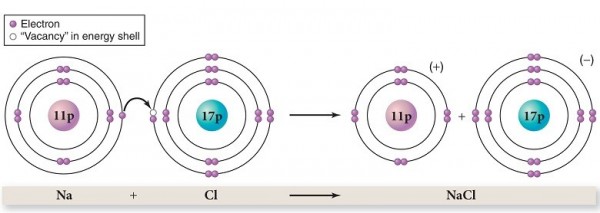Which of the following characteristics do all viruses have in common?
A. They are all non-living.
B. They all have DNA genomes.
C. They all have a broad host range.
D. They all infect eukaryotes.
E. They all contain a capsid surrounded by a fatty envelope.
A. They are all non-living.
You might also like to view...
Referring to the ionic bond formation between sodium and chlorine, which of the following is not a true statement?

A. Na is the chemical symbol for sodium.
B. Sodium donates an electron.
C. Chlorine donates an electron.
D. Sodium becomes positively charged.
E. The bond that is formed is stronger than a hydrogen bond.
The sequencing and analysis of an organism's genetic information is called
A) protein synthesis. B) gene therapy. C) genomics. D) northern blotting. E) PCR.
Genetics is the primary determinant of muscle fiber type.
a. true b. false
Which cell can transfer the most DNA?
A. Hfr cell B. R cell C. B cell D. F+ cell E. F- cell